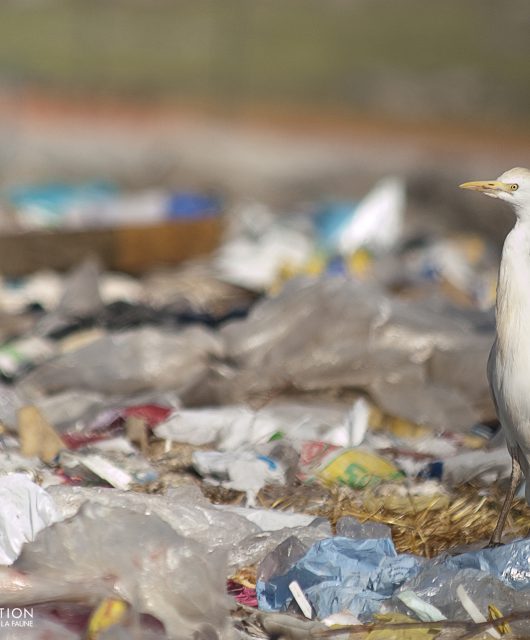Have you been wanting to have a food garden but aren’t sure if you want to go with pots, raised beds or in the ground?
While it’s a bit late for this year’s harvest, it’s nevertheless a good time to give a bit of thought to next year’s, especially if you are going to be prepping, digging or building the bed this fall.
Basic Tips
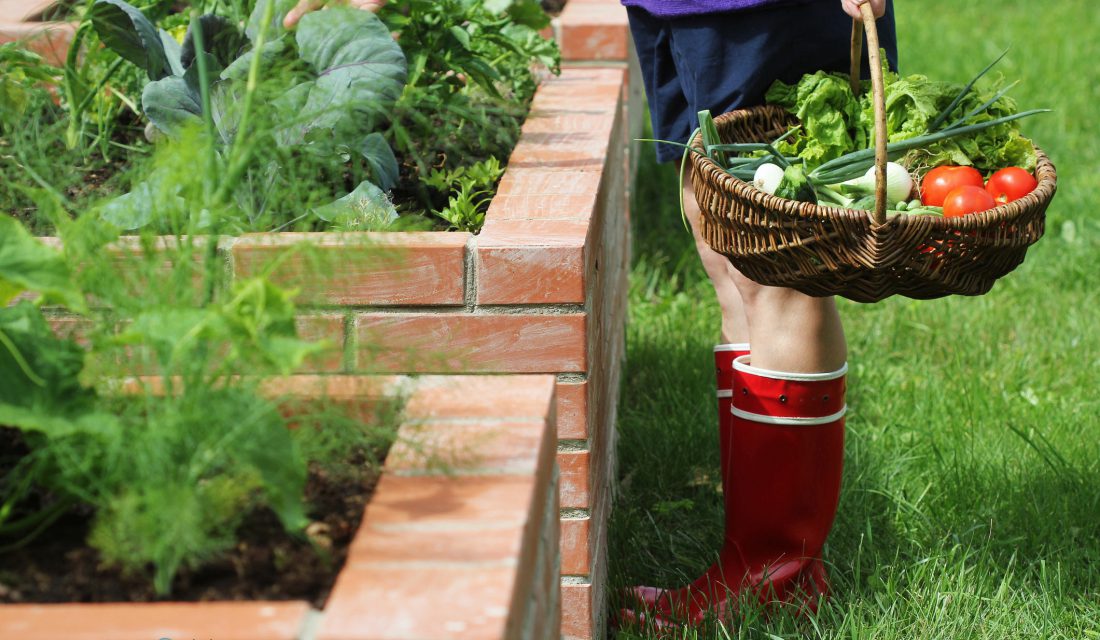
- Plants in pots are already close to the house, on a patio or balcony but if you end up with a raised bed or one that’s in the ground, you may wish for it to be nearer the house than away so it is near the water supply, minimizing time and effort watering. It will also help with harvesting herbs and veggies before dinner and can help you deter some wild visitors like deer that could easily eat more than you are prepared to share!
- Locate the pots and the bed in a spot with sufficient sunlight to grow your edible plants. Many with small gardens using pots don’t always have much choice, in which case you’ll need to grow plants that can handle the amount of lighting you have available.
- Edible plants will want good organic soil to grow in. You can buy soil especially mixed but you may also wish to add organic compost or manure if available, to add both nutrients and improve the quality of the soil. Ensure the manure is aged as fresh manure will have too much nitrogen which can burn roots. Also check what they mean by ‘organic’ as sometimes that label is given when something is natural but not as pure as you’d like. For manure, you’ll want to ensure that means the animals weren’t fed anything that was treated with pesticides and that they weren’t given hormones or antibiotics. You can buy bagged compost which will have nutrients and help with soil texture but it will likely have suffocated the microorganisms that are important in soil and plant health so you may wish to see if there are any local farms that suit your needs.
Pots
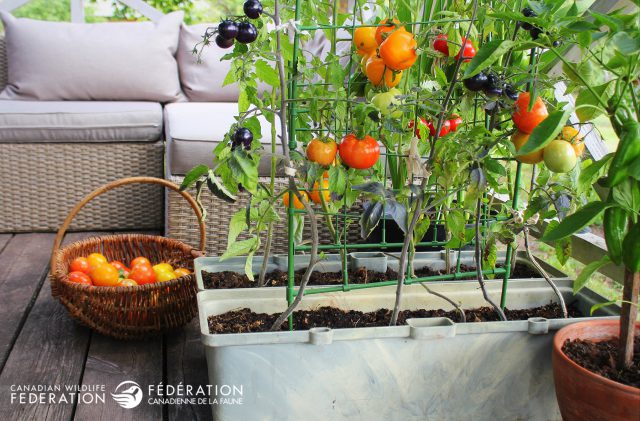
Growing plants in pots can be versatile for small spaces and if you ever need to move them around. Here are some pros and cons to keep in mind:
- Many plants can be grown in pots, even tomatoes and carrots, so long as it is deep enough for their roots. This raises the point to ensure that whatever you grow, choose a container that will be big enough for its needs. Sometimes you can group plants together in a pot, such as a few herbs. Other times the plant may need the entire container to itself. Do some research at your nursery center, in books or online. There’s always room for a bit of experimenting, too, as to what can in fact grow together and still thrive, especially if you end up with a few too many seedlings and can’t bear to throw them out or have no one else to share them with.
- You may wish to put something under the pot to prevent it staining your deck or making the concrete or tile damp from excess moisture getting caught underneath. There are round plastic grid-like disks on small feet you can buy for this purpose. Some even have rollers which can be handy for some plants that you feel may need to be moved at some point in the season.
- You’ll need to be mindful of watering, as the exposure to air means the soil will dry out faster, clay pots especially. You may need to water two or three times daily if the day is especially hot and sunny.
- Plants will need to be fertilized regularly as the roots grow and the plant uses up a lot of the nutrients that were there to begin with. If you were able to start with good soil and add compost then they should be good for a few weeks but after that, think of adding more fertilizer every three or four weeks. You can do this with making compost or manure tea. Simply put some compost or aged manure in a bucket and let it sit in water for a day or so. Strain and add the liquid to your watering the next day.
Containers: Raised Bed Style
If you have the space, you may wish to consider buying or building a container that resembles a raised bed but is smaller, with legs and can be kept right there on your patio. Typically raised beds (see below) are on the ground with no barrier below. They are also fairly large. You can have a smaller version off the ground, acting like a long pot but made of wood or some other material. The benefits of this include more soil and space, allowing the plant to get larger (assuming you don’t cram in a million plants) and a greater ability to handle the sun and heat.
Raised Bed
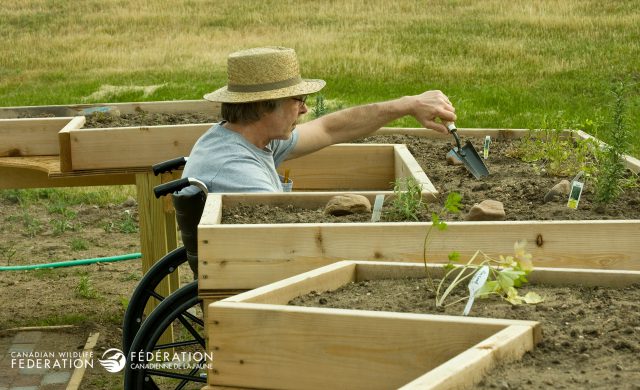
Raised beds are very helpful if you wish to minimize bending over and avoid getting on your knees to tend to a garden. They tend to be several feet long and a few feet wide but the dimensions get tailored to your space needs as well as your ability in reaching. You can also make them as high off the ground as you wish. Some points to consider with this sort of garden include:
- They hold water more than a pot would but as they are above ground, they still dry out more than in ground gardens so watch the watering.
- If you have one made of wood, ensure it is not treated as you don’t want anything leached into the soil and your food over time. Some people make them with bricks which has the benefit of typically lasting longer than wood.
- You can make raised beds as narrow or as wide as you wish so keep in mind what you’d like to grow and how big those plants get. Along with that keep in mind how much you are able to reach across to dig in, care for and then harvest the plants. As to height, consider how high you wish them to be for minimal bending over or, if in a wheelchair, what height is ideal for you to access all parts of the bed.
- There are loads of plans on the internet for making raised beds but many stores now have options for buying them, too.
In the Ground
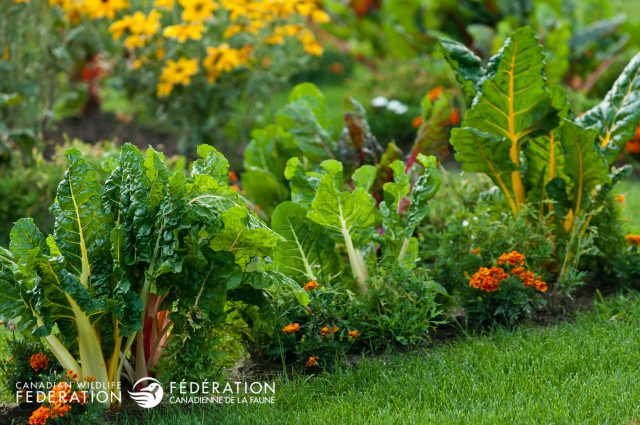
If you have the space, growing plants in the ground can be very helpful although there are some drawbacks, too.
- With plants in the ground their roots will be cooler and moisture won’t evaporate as quickly. You can help by putting down a light undyed mulch around plants, like straw. You can also make a little indent in the ground near the plants to help catch rain or your watering, so even more moisture can slowly penetrate the soil to deeper levels.
- If the soil is healthy it will be teaming with microorganisms which is wonderful for plants. Adding compost or manure annually is still a good option, however. It will also have some invertebrates living there that could feast on your plants. You’ll need to be prepared to find ways around that. For instance, with cutworms you can place toothpicks all around the stem of the seedling so the cutworm can’t wrap around it to feed. For slugs you can lay traps with a shallow container they can easily get in but can’t get out of. Some put beer or dish soap in. Others hand pick them in the early hours while the garden is still damp and cool and slugs and snails are more active.
- Consider rotating your crops annually, as there are diseases that target certain plant groups. By moving members of that group to different parts of the garden, you can prevent diseases from ever becoming an issue. For instance, divide your garden into quarters and grow brassicas like kale or broccoli in it one year, tomatoes and basil in another corner, lettuce and chives in another and potatoes in the other. If you wish to regrow any the following year, choose a different quarter and repeat until by the 4th year you are back to the original spot.
However, you have your garden, keep it manageable so you can continue your efforts and enjoy them, too. Happy dreaming, creating…and eating!




